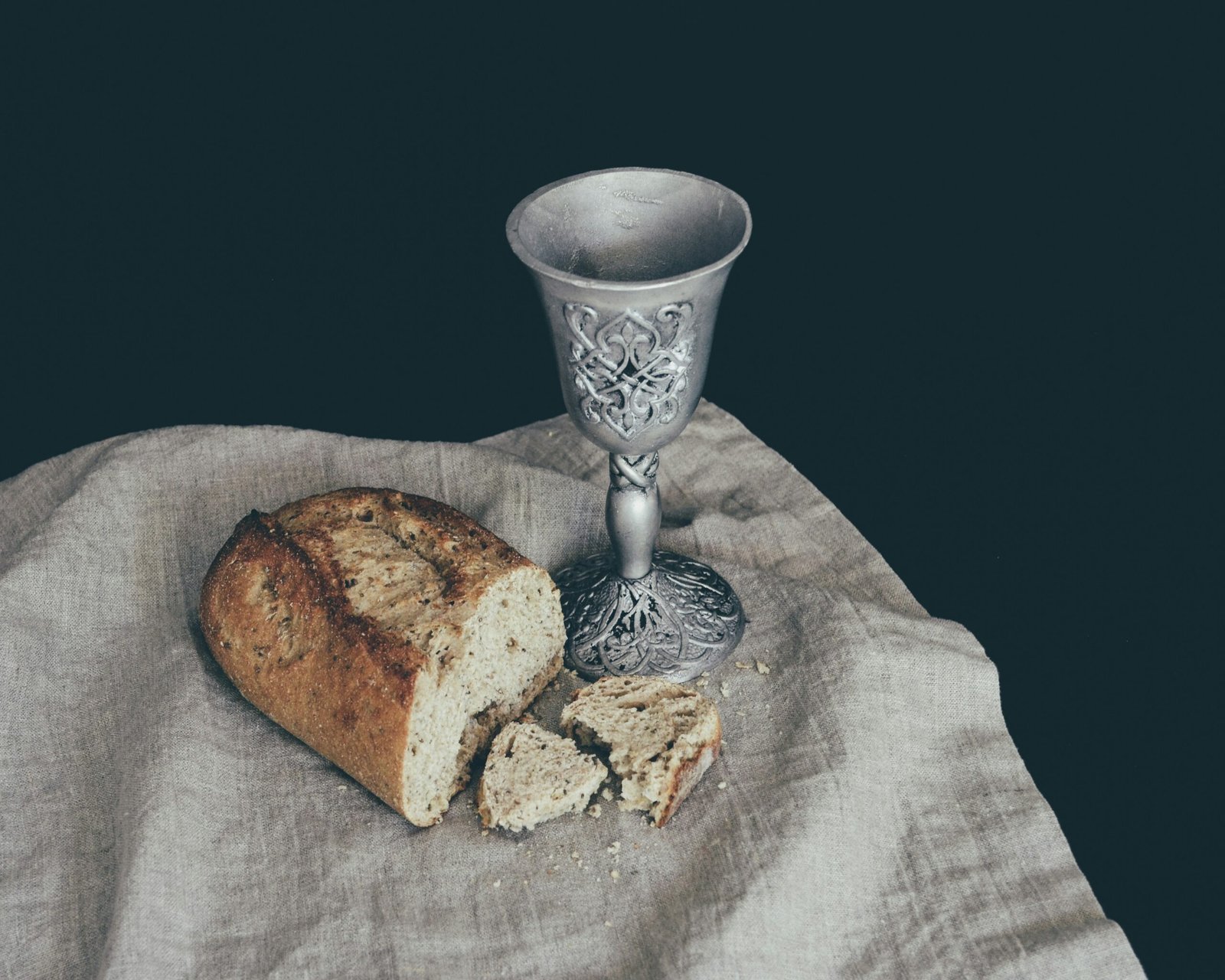
One of the oldest drinking traditions can be traced back to ancient Egypt. The Egyptians believed that the act of drinking was a sacred ritual that connected them to the gods. They would often pour libations, or offerings, to the deities before partaking in a drink themselves. This act was seen as a way to honor the gods and seek their blessings.
In medieval Europe, drinking was not only a social activity but also a way to establish one’s status and wealth. The nobility would often host elaborate feasts where copious amounts of wine and ale were consumed. These feasts were not just about indulgence, but also about displaying power and prosperity. The more lavish the feast, the higher the social standing of the host.
In some cultures, drinking is not just about the act of consuming alcohol, but also about the rituals and customs that surround it. For example, in Japan, the traditional tea ceremony is a highly ritualized event that involves the preparation and serving of tea. The ceremony is steeped in symbolism and is seen as a way to promote mindfulness and tranquility.
Another example is the tradition of toasting. Toasting is a common practice in many cultures and is often done to celebrate a special occasion or to honor someone. The act of raising a glass and clinking it with others is a way to show camaraderie and unity. It is also believed to ward off evil spirits, as the sound of clinking glasses is said to scare them away.
Drinking rituals and customs can also vary greatly depending on the type of beverage being consumed. For example, in Scotland, the tradition of the “wee dram” is deeply ingrained in the culture. A “wee dram” refers to a small measure of whisky that is often shared among friends. It is seen as a way to bond and connect with others, as well as to appreciate the craftsmanship and flavor of the whisky.
Overall, drinking traditions and customs have evolved over time and are deeply rooted in the history and culture of different societies. Whether it is a sacred ritual, a display of wealth, or a way to celebrate and connect with others, the act of raising a glass and sharing a drink continues to be an important part of human culture.
In addition to the cultural variations in toasting customs, there are also certain etiquettes that are generally followed when participating in a toast. For example, it is considered polite to wait until everyone has a full glass before initiating the toast. This ensures that everyone can actively participate in the celebration and no one feels left out.
Furthermore, the content of the toast itself is an important aspect to consider. While toasts can be lighthearted and filled with humor, it is essential to be mindful of the occasion and the individuals involved. Toasts at weddings, for instance, often express heartfelt sentiments and well wishes for the newlyweds, while toasts at business events may focus on professional achievements and future success.
The act of toasting is not only limited to alcoholic beverages. In fact, non-alcoholic toasts are becoming increasingly popular, especially in situations where individuals may not consume alcohol. These toasts can be made with a variety of non-alcoholic beverages, such as sparkling water or fruit juice, and still carry the same significance and intention as traditional toasts.
Toasting is not just a simple raising of glasses; it is a way to bring people together and create a sense of camaraderie. It allows individuals to share in the joy of a moment or an accomplishment and express their appreciation for one another. Whether it is a formal event or a casual gathering among friends, toasting adds a touch of elegance and warmth to any occasion.
In conclusion, the art of toasting is deeply rooted in tradition and has evolved over time to become a universal practice. From its origins in ancient Greece to the diverse customs observed in different cultures today, toasting serves as a way to honor, celebrate, and connect with others. By following etiquettes and considering the occasion, toasting can create memorable moments and foster meaningful connections. So, raise your glass and toast to the good times!
Furthermore, the role of drinking in celebrations goes beyond just cultural associations. It serves as a social lubricant, helping people to relax and let loose during these special occasions. When people gather to celebrate, they often want to have a good time and enjoy themselves, and alcohol can help to facilitate that.
Drinking can also be seen as a form of self-expression during celebrations. Just as people may choose to wear certain outfits or decorate their homes in a particular way to reflect the spirit of the occasion, they may also choose to drink certain beverages that align with the theme or mood of the event. For example, a tropical-themed party may feature fruity cocktails, while a formal dinner may call for elegant wines or champagne.
In addition to adding to the overall atmosphere and enjoyment of celebrations, drinking can also play a role in the creation of lasting memories. Many people have fond memories of toasting with loved ones, sharing a bottle of champagne to celebrate a milestone, or enjoying a signature cocktail at a wedding reception. These moments become part of the fabric of our lives and are often cherished for years to come.
However, it is important to note that while drinking can enhance celebrations, it is not without its risks. Excessive alcohol consumption can lead to impaired judgment, increased risk-taking behavior, and even alcohol poisoning. It is essential for individuals to drink responsibly and be aware of their limits, especially during celebratory events where alcohol may be more readily available.
In conclusion, drinking plays a significant role in celebrations. It adds to the cultural significance of the event, helps people relax and enjoy themselves, and can contribute to the creation of lasting memories. However, it is crucial to approach drinking with caution and moderation to ensure that celebrations remain safe and enjoyable for all.
Drinking Etiquette Around the World
Drinking etiquette varies greatly from one country to another. What may be considered polite in one culture could be seen as rude or offensive in another. Understanding and respecting these cultural differences is essential when drinking in a foreign country or when hosting guests from different cultural backgrounds.
In Japan, for example, it is customary to pour drinks for others and never to pour your own. This practice, known as “pouring for others,” reflects the Japanese value of putting others before oneself. When pouring drinks, it is important to hold the bottle with both hands and pour gently, avoiding any spills. Additionally, it is common for individuals to wait for their glass to be refilled by someone else rather than filling it themselves.
In Russia, drinking is often accompanied by toasts, which are an integral part of the social drinking experience. Before taking the first sip, it is customary to make a toast, expressing well wishes or gratitude. These toasts are typically heartfelt and can range from a simple “Na zdorovye!” (To your health!) to more elaborate speeches. It is important to maintain eye contact while making a toast and to clink glasses with everyone at the table. It is also considered impolite to refuse a drink when someone offers a toast.
In China, drinking is often accompanied by the practice of offering a toast to the host or the most senior person at the table. This gesture is a sign of respect and gratitude. The host or senior person may then reciprocate the toast or offer a toast to someone else at the table. When making a toast, it is customary to hold the glass with both hands as a sign of respect. It is also important to take small sips rather than finishing the entire drink in one gulp, as this is seen as a sign of respect and moderation.
By familiarizing ourselves with these customs, we can navigate social situations with ease and show respect for the traditions of others. Whether we are traveling to a foreign country or hosting guests from different cultural backgrounds, understanding and adhering to drinking etiquette can help us forge meaningful connections and create positive experiences.
One of the reasons behind the rise of craft cocktails is the growing consumer demand for unique and personalized experiences. In a world where everything seems to be mass-produced and generic, people are seeking out experiences that are authentic and individualized. Craft cocktails provide just that.
When you order a craft cocktail, you are not just getting a drink; you are getting a story. Each cocktail has its own history and inspiration, and bartenders are more than happy to share these stories with their customers. Whether it’s a classic cocktail with a modern twist or a completely original creation, craft cocktails offer a level of depth and complexity that is hard to find in other drinks.
Another factor contributing to the popularity of craft cocktails is the emphasis on quality ingredients. Craft cocktail bars pride themselves on using fresh, locally sourced ingredients whenever possible. This not only ensures that the drinks taste better, but it also supports local farmers and businesses.
Furthermore, the techniques used in crafting these cocktails are often innovative and cutting-edge. Bartenders are constantly experimenting with new methods, such as barrel-aging, infusions, and molecular mixology. These techniques not only add a wow factor to the presentation of the drink but also enhance the overall flavor and texture.
As craft cocktails continue to gain popularity, we can expect to see even more creativity and innovation in the industry. Bartenders will continue to push the boundaries of what is possible, creating drinks that are not only delicious but also visually stunning. The rise of craft cocktails has truly transformed the way we think about and enjoy our drinks, turning a simple act into an experience to be savored and celebrated.
The Social Aspect of Drinking
Drinking has always had a social aspect to it. Whether it’s a casual gathering with friends or a formal business dinner, sharing a drink can help break the ice, foster camaraderie, and create lasting memories.
In many cultures, it is customary to offer a drink as a gesture of hospitality. This act of offering a drink is seen as a way to welcome others and make them feel at ease. In some cases, refusing a drink can be seen as a sign of disrespect.
Moreover, the social aspect of drinking extends beyond mere hospitality. It plays a significant role in various social events and celebrations. For example, weddings, birthdays, and anniversaries often involve toasts and raising a glass to honor the occasion. These rituals not only symbolize joy and unity but also strengthen the bonds between individuals.
Furthermore, drinking can act as a catalyst for social interactions. It can provide a common ground for people to connect, share stories, and engage in meaningful conversations. Whether it’s a group of colleagues unwinding after a long day at work or friends catching up over a drink, alcohol can help create a relaxed and convivial atmosphere.
However, it is important to note that drinking should always be done responsibly and in moderation. Excessive drinking can lead to negative consequences and should be avoided. It is crucial to be aware of one’s limits and to prioritize personal well-being and safety above social pressures or expectations.


